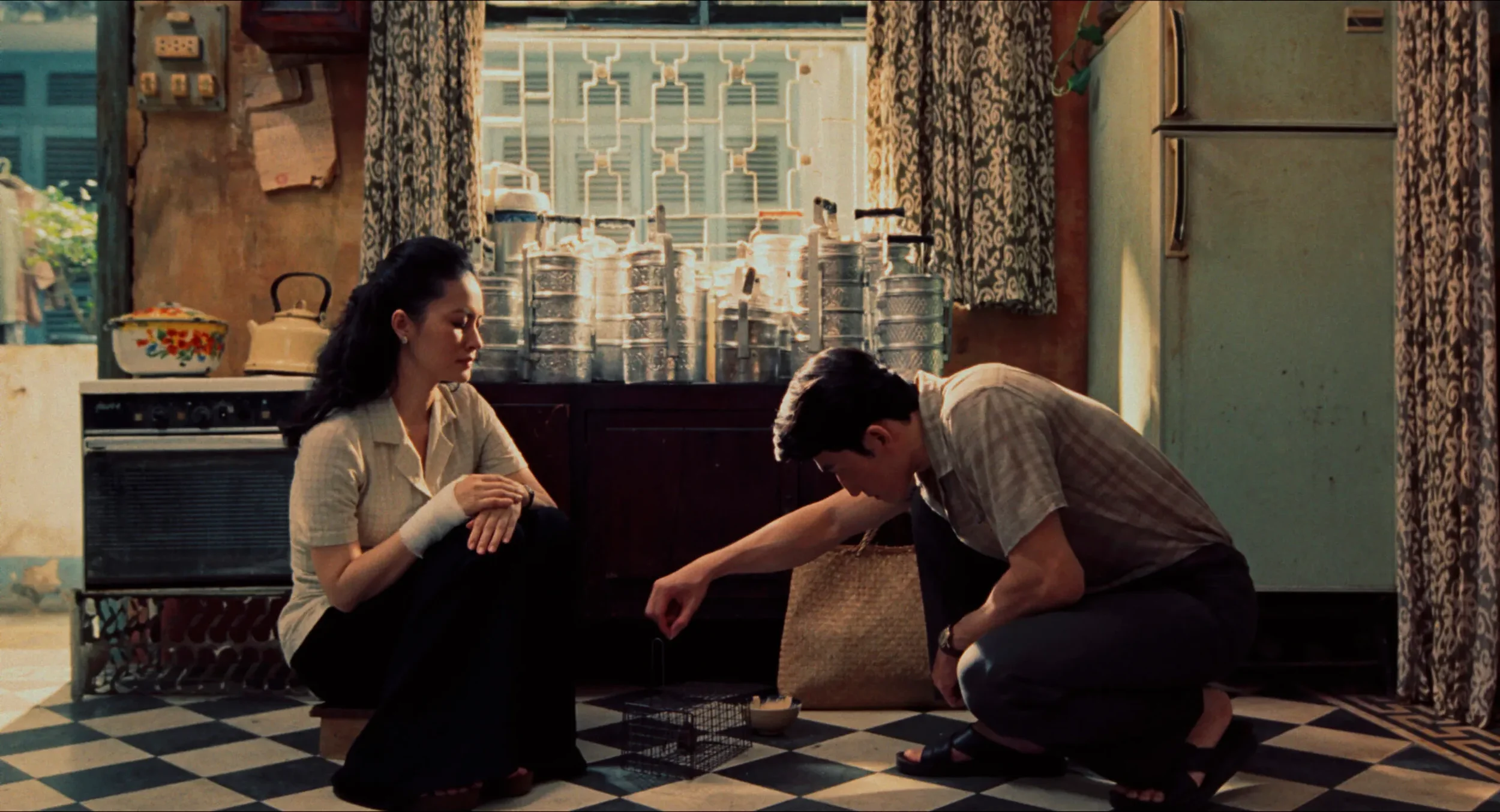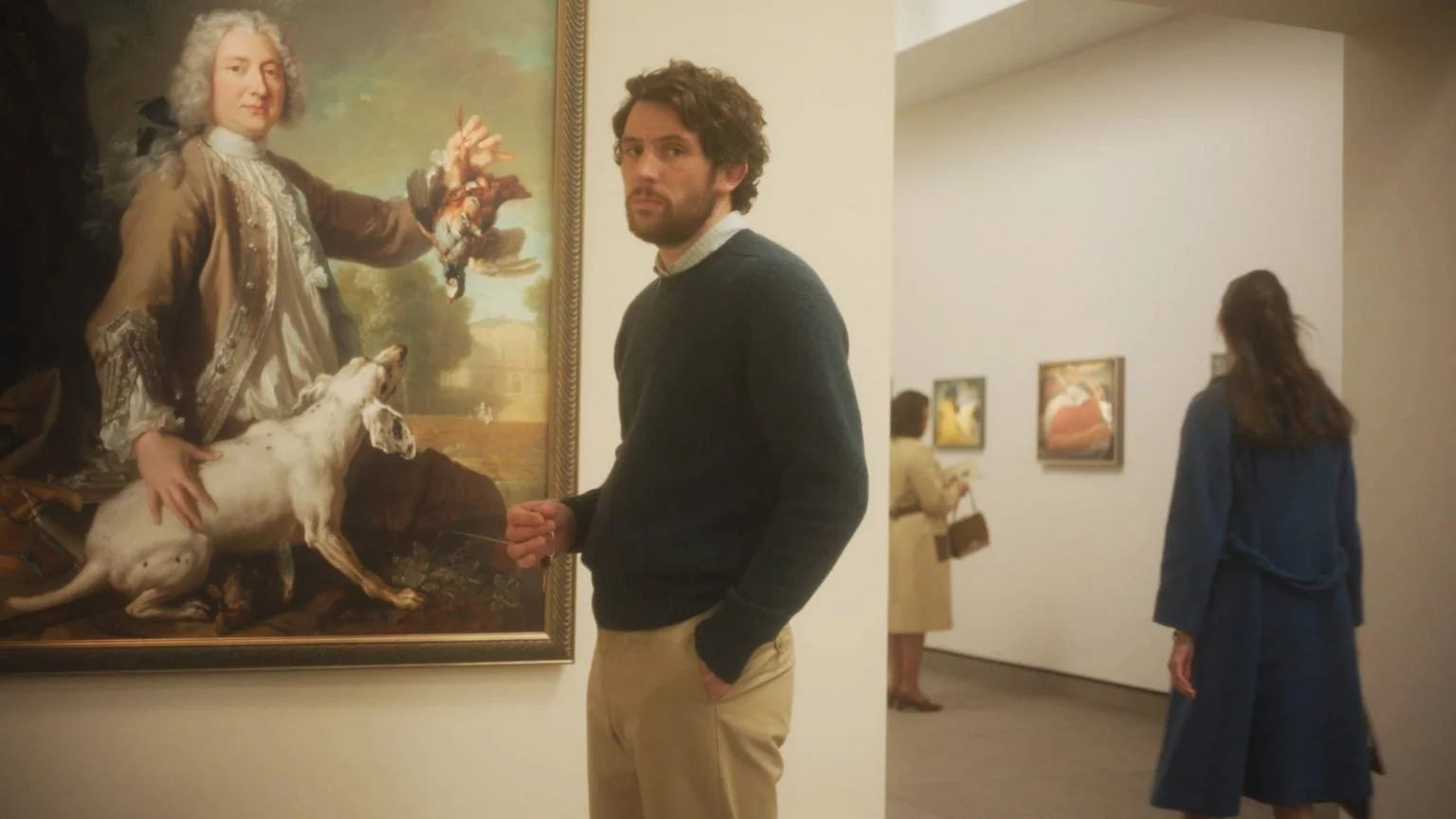‘The Chanters’ REVIEW: A Touching Intersection of Cultures
‘The Chanters’ REVIEW: A Touching Intersection of Cultures
Sarah Mae (Jally Nae Gilabliga) is seen overlooking a mountain range while she is dressed in Panay-Bukidnon clothing.
It took a while before a copy would emerge from the doldrums of the internet, but thanks to the FDCP’s celebration of Women’s Month, we finally got “The Chanters” available for access.
Something about it fascinated me months back when I was scouring for Filipino films on Letterboxd. Was it the pristine-looking poster? The synopsis? I’m not sure. But along with other hard-to-find selections on the website, it seemed like one of those films that I looked forward to seeing on an appropriate platform somewhere down the line, if only because its trailer and synopsis heavily suggested something a lot more deviant from the whole category of independent movies that tackle indigenous communities.
Where directors normally explore the subject matter with a lot more specificity and carefulness for the field, “The Chanters” looks to apply a more progressive paste to the matter in a way that stands out from the rest of the pack. Needless to say, the film proves just that.
The film is about a probinsyana named Sarah Mae who is a direct descendant of the Suludnon tribe in Calinog, Iloilo. Her daily life consists of taking care of her senile grandfather, fangirling over a national telenovela and its teen star, and playing with her cellphone. Her grandfather, Ramon, is also an elder tribesman that teaches Suludnon chants on weekends and loves to wander around the village connecting with nature. From the get-go, “The Chanters” has a very straightforward, yet subtle approach in presenting its conflict: a granddaughter who is more interested with contemporary, Western-infused culture instead of the one that is locally her own.
In the film’s opening scene, Sarah Mae (Jally Nae Gilbaliga) takes a selfie on her newly-acquired monopod with her grandfather, Ramon (Romulo Caballero), after a trip from the market.
This coexistence is what defines the 75-minute runtime of “The Chanters”. The start of the film sees Sarah Mae entering her village carrying a newly-purchased monopod for her phone. It’s one of many things that exist to remind the audience that she’s living in an age where these things intersect with the cultural ancestry of her grandfather. Apart from her tech obsession, she has the task of preparing for an excellent dance performance for her teen idol’s visit to their school. These instances show how the film is quietly engaging in a balancing act of being both lighthearted and significant with how cultural ancestry struggles in the face of these.
There are many ways the film executes this in a stellar manner. Much of the film spends itself boxed within an aspect ratio that mirrors the experience of viewing things from a smartphone. It’s supposed to make the audience feel like they’re just as closed off to their own culture as Sarah Mae is, and while this isn’t absolutely true at the start of the film, the point is there. It’s the first ingredient behind the film’s successful presentation of these anxieties, as well as in compensating for how modest the film’s problems can be from an audience’s perspective.
Sarah Mae erases an epic of Amburukay written on the blackboard by her grandfather.
How this film especially deviates from its contemporaries is by framing the tribal struggle through a lens that is more distinct from the usual violence or innate suffering. Not that these things aren’t the reality that tribal cultures face, but that there’s also the more hidden, more subtle, and more passive side that they experience from a day-to-day basis. Ramon for instance, is seen several times forgetting some aspects behind the epics of Amburukay, and even pondering on the survival of his own culture when such memory loss occurs. Early in the film, Sarah Mae attends her grandfather’s Saturday classes only to passively listen to him. It’s a touching series of interactions which the leads, Jally Nae Gilbaliga and Romulo Caballero, are acutely aware of because they are actual members of the tribe being depicted here. In fact, one can easily find online Jally’s nascent YouTube blog and accounts of Romulo teaching actual children the chants he sings in the film. It’s clear that the crew aren’t just making this for the sake of exploitation, but more as something that positions itself to be different at the time. It was 2017 after all, long before something like “Tokwifi” would explore a similar path of ideas.
If anything, my only problem with the film is that its own modesty is also one of its more concerning aspects. While the film does well in mixing its struggles together, it’s not perfect. The plot having to rely on Sarah Mae’s preparation for her teen idol’s visit as a vehicle to get her invested in her own ancestry leaves me wondering if her intentions are genuine by the end of the film. Sure, it has a powerful closer in the way that light hearted movies try to leave an impact. However, considering Sarah Mae is a character who is first introduced as someone who nonchalantly carries her tribe’s name, I don’t know if the build-up leaves any certainty that she does it for the good of her tribe. To be fair, she is a high schooler, so these types of uncertainties could be built by design. (Being hooked into something using the element of romance, too!)
Whatever the case, the film is still a sweet experience throughout. The way the cinematography navigates around these characters (Not sure, but did this film take inspiration from Glenn Barit’s “Aliens Ata” with the top-down shots at the start?), how it manages to give life to its characters from inside a confined box, and the way these all feel so lighthearted while being a fascinating look into the social elements of cultural preservation at play means this is worth a quick watch.
“The Chanters” simply put, prods its audience with an ingenious mix of contemporary and traditional cultures in a way that leaves a mark on them even after watching. It certainly grants James Robin Mayo and the crew a lot of respect for showing how tribal ancestries could survive in the face of modernity.
Access “The Chanters” on the FDCP Channel website for only Php 99/month.
















